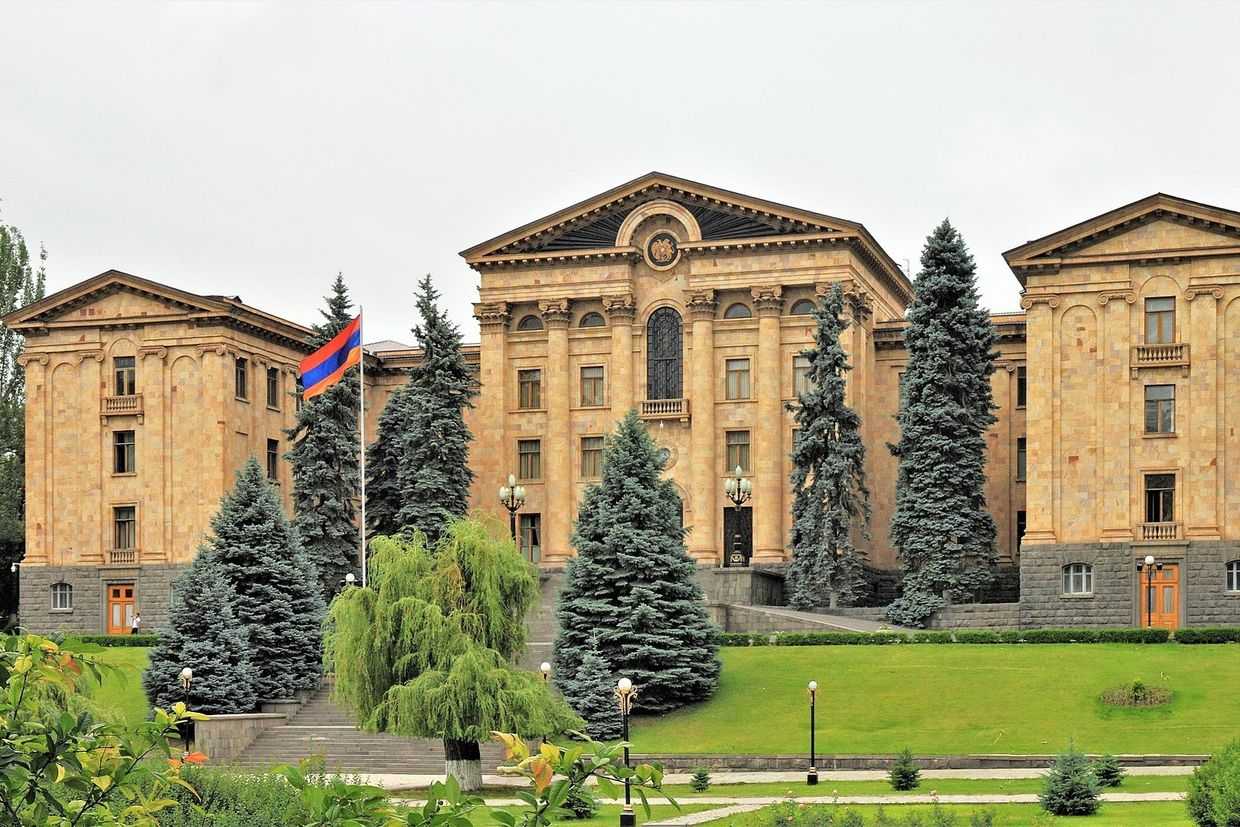
As the exodus of Nagorno-Karabakh was unfolding, a massive explosion at a fuel depot struck the region’s population. Many of the survivors of the blast were brought to the Yerevan burn clinic — fighting for their lives after having lost the fight for their homes.
On 20 September 2023, nine months of blockade and two days of war came to an end in Nagorno-Karabakh when the region surrendered to Azerbaijan. Its population, weakened by a long-running blockade, leading to shortages of food, medicine, and other vital supplies, began to leave four days later, fleeing in their thousands via the main road to Armenia.
[Read more: US calls for international observers as population of Nagorno-Karabakh flees]
But on the evening of 25 September, another tragedy struck, when an army fuel depot in Askeran (Asgaran) exploded. Hundreds of people had been queuing to collect fuel for the long journey into exile, with the explosion leaving over 200 dead and almost 300 injured.
With Nagorno-Karabakh’s hospitals laid bare after months of blockade, and many medical staff having already left, a large number of those most seriously injured were the following day evacuated to the National Burns and Dermatology Centre in Armenia’s capital of Yerevan.
‘In the evening, we realised that we wouldn’t be able to accommodate all of them’, says Hovhannes Hovhannisyan, the head of the Burns Centre.
‘But you have no right not to admit those patients. If you transfer them to another centre, they would not have a specialist who could treat them. That’s why we started to increase the volume [of people we took in],’ Hovhannisyan says.
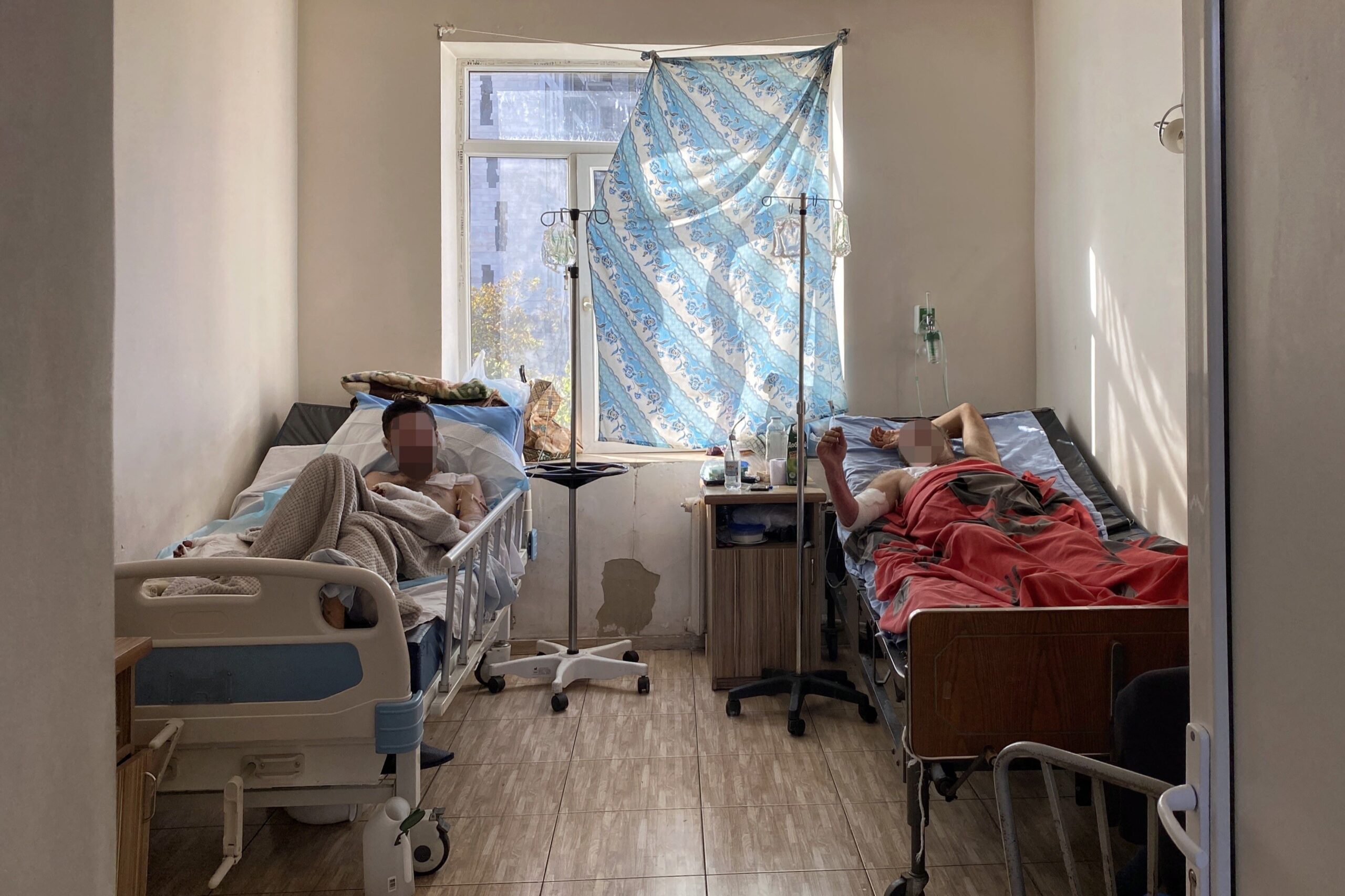
The centre quickly adapted several rooms including the lecture hall, and director’s and accountant’s offices, into wards, as well as treating more patients in one room than they would under normal conditions.
‘I remember, the whole night of 25 September, we had a video call together [with doctors in Stepanakert]. We did what we could’, says Hovhannisyan.
A matter of life and death
Hovhannisyan makes clear that the conditions under which they were trying to save the lives of patients were challenging at best, with two main factors complicating the treatment of the burn patients.
Firstly, all the patients were weakened and malnourished after nine months of blockade.
‘We had a patient who vomited if you put more than a spoonful in his mouth to swallow,’ he says.
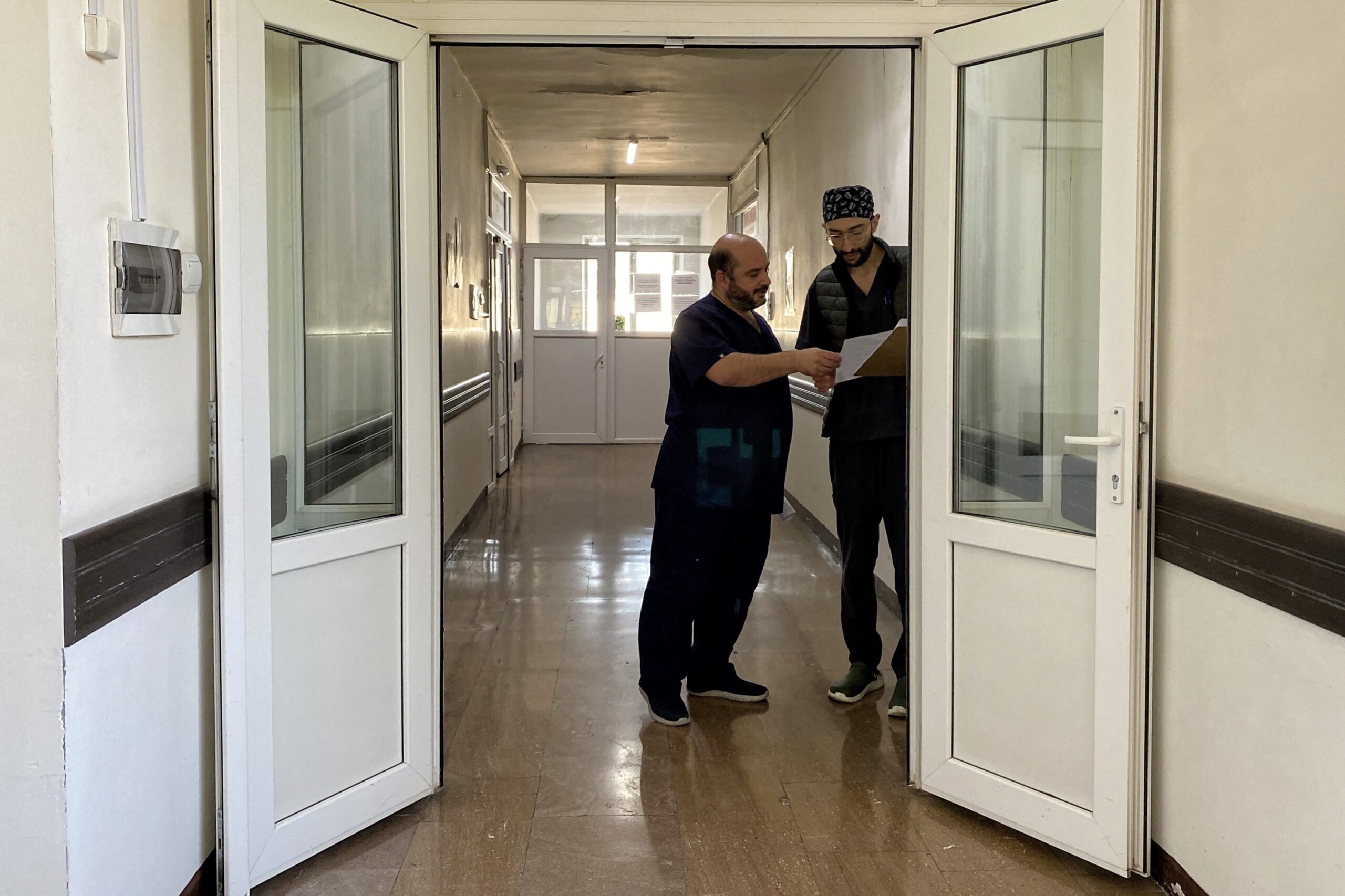
The second factor was that their patients had not received essential treatment within 24 hours after the incident, critically impeding the treatment process. The local doctors who had not yet fled had struggled to treat the large numbers of patients, in hospitals lacking many basic medicines.
The head of the Burns Centre adds that their hospital had never seen the number of patients it did following the fuel depot explosion.
‘There were cases during the 2020 war as well, but most of the patients were young, and did not have the problem of emaciation. They were brought in groups, we did everything within 24 hours, then the next day they brought another group’, says Hovhannisyan.
In contrast, following the explosion, a large group of patients was brought in at once, with many requiring long-term treatment, and others brought in from other medical centres after being treated for more urgent injuries.
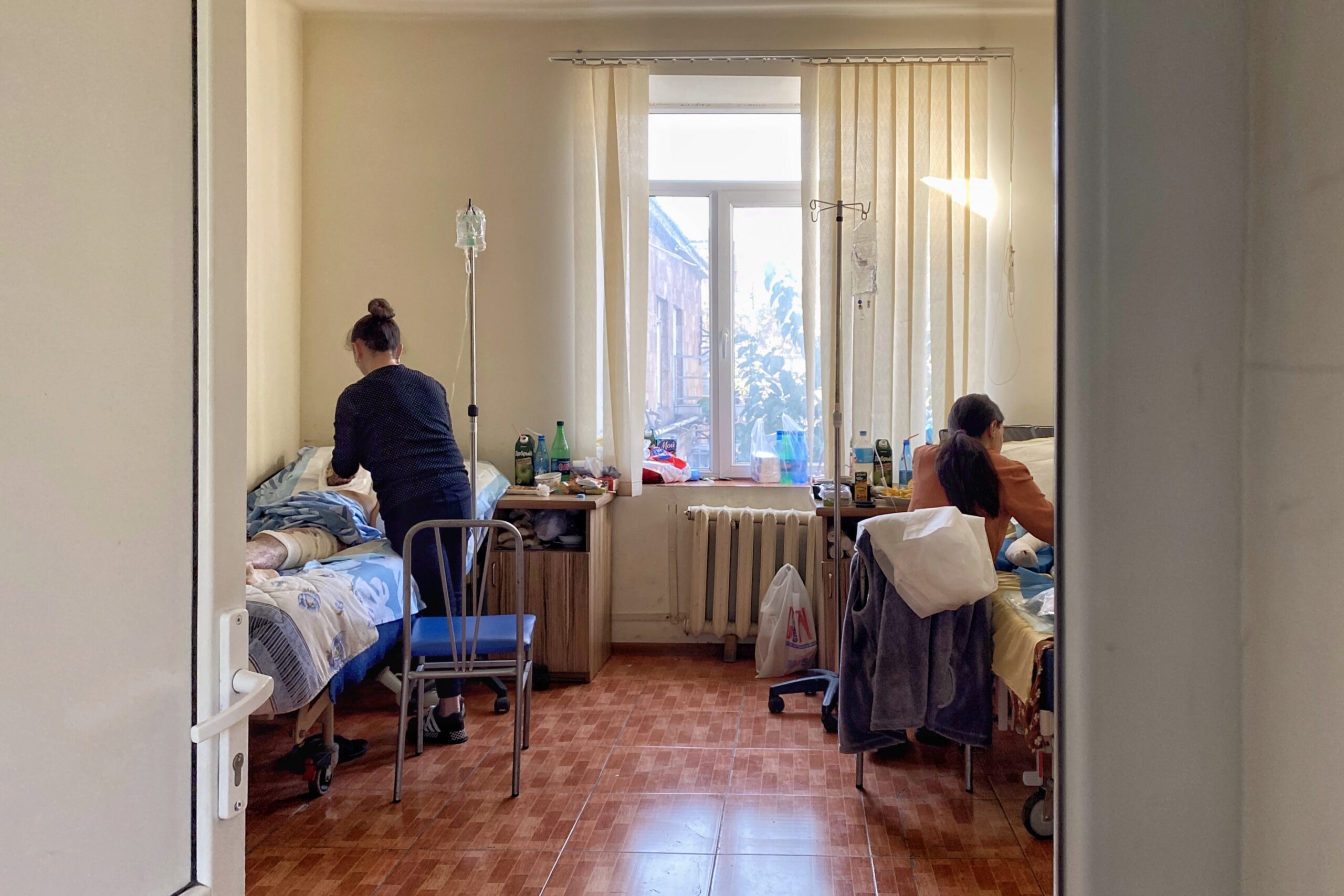
A month after the incident, half of the initially admitted patients, about 60 people, were still being treated at the Burns Centre, with the rest having either fully recovered or been transferred to the outpatient centre.
But of those who remain in their care, many are in severe conditions, with their survival still uncertain, and their relatives spending their waking hours between the uncertainty of the hospital and the limbo that awaits them outside.
‘Everything was burning’
Alina Arushanyan, 51, from Stepanakert, was waiting in a corridor for news of whether her husband, Davit Arushanyan, 62, would be discharged.
‘He doesn’t want to remember the incident,’ says Alina. ‘It happened suddenly while filling [a container] with fuel. First, [there was a small explosion]; he fell [down], after which he opened his eyes and saw everything was burning.’
Arushanyan was lucky to get away from the fire before the second, larger explosion took place.
She added that they had not found a home yet. Alina had been staying at a relative’s place, as they had not had the time to find a place to live due to being in hospital all day.
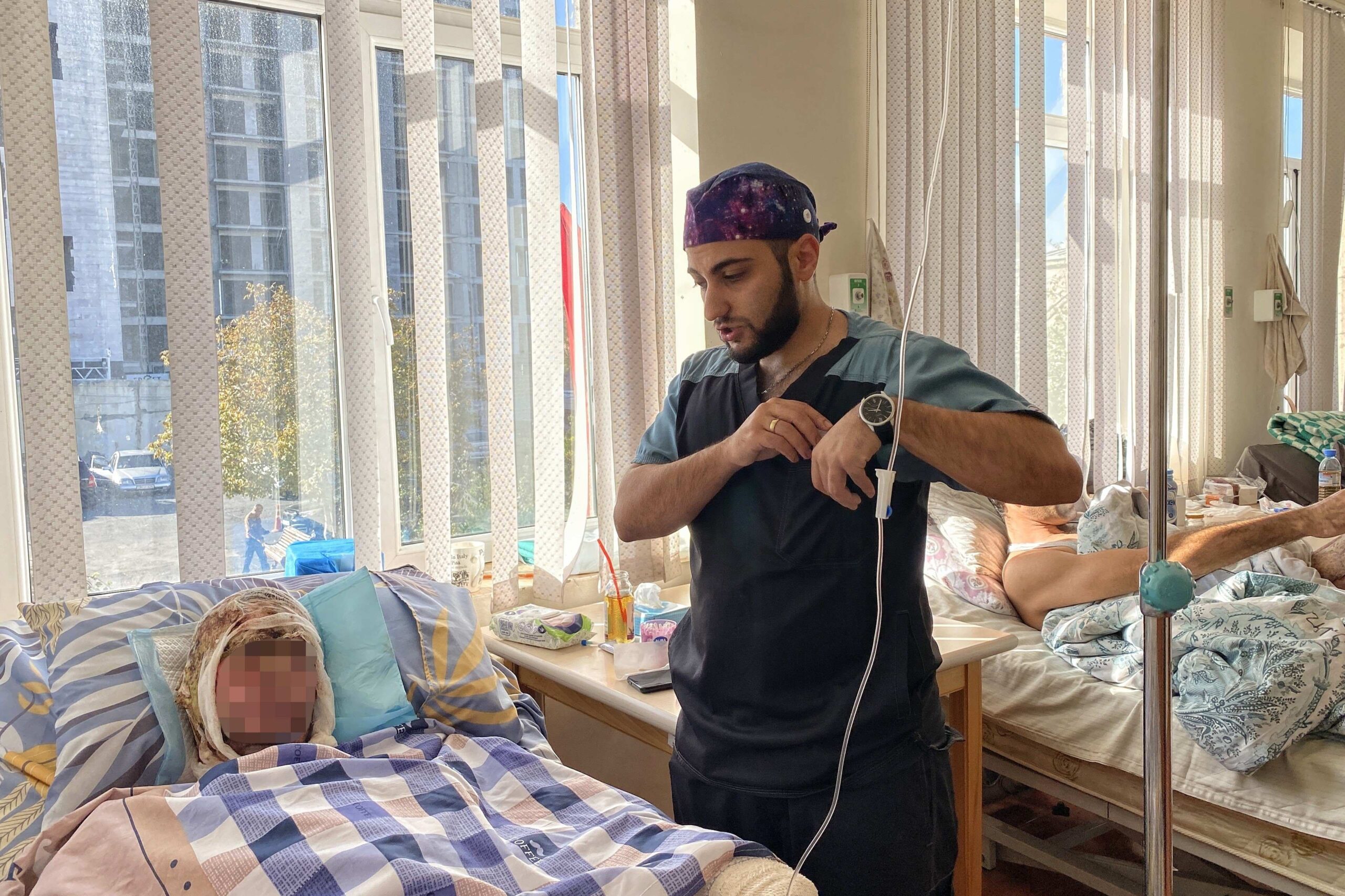
Davit was bandaged later that day and asked when he might be discharged, having spent a month in hospital. Regardless of when that takes place, the Arushanyans have at least a year of rehabilitation ahead of them, with Davit required to make regular visits to medical practitioners and a physiotherapist.
For others, recovery is further out of reach.
Anahit Hayriyan’s eldest son, Shahen, 23, is amongst those patients who underwent treatment for other injuries prior to his transfer to the Burns Centre.
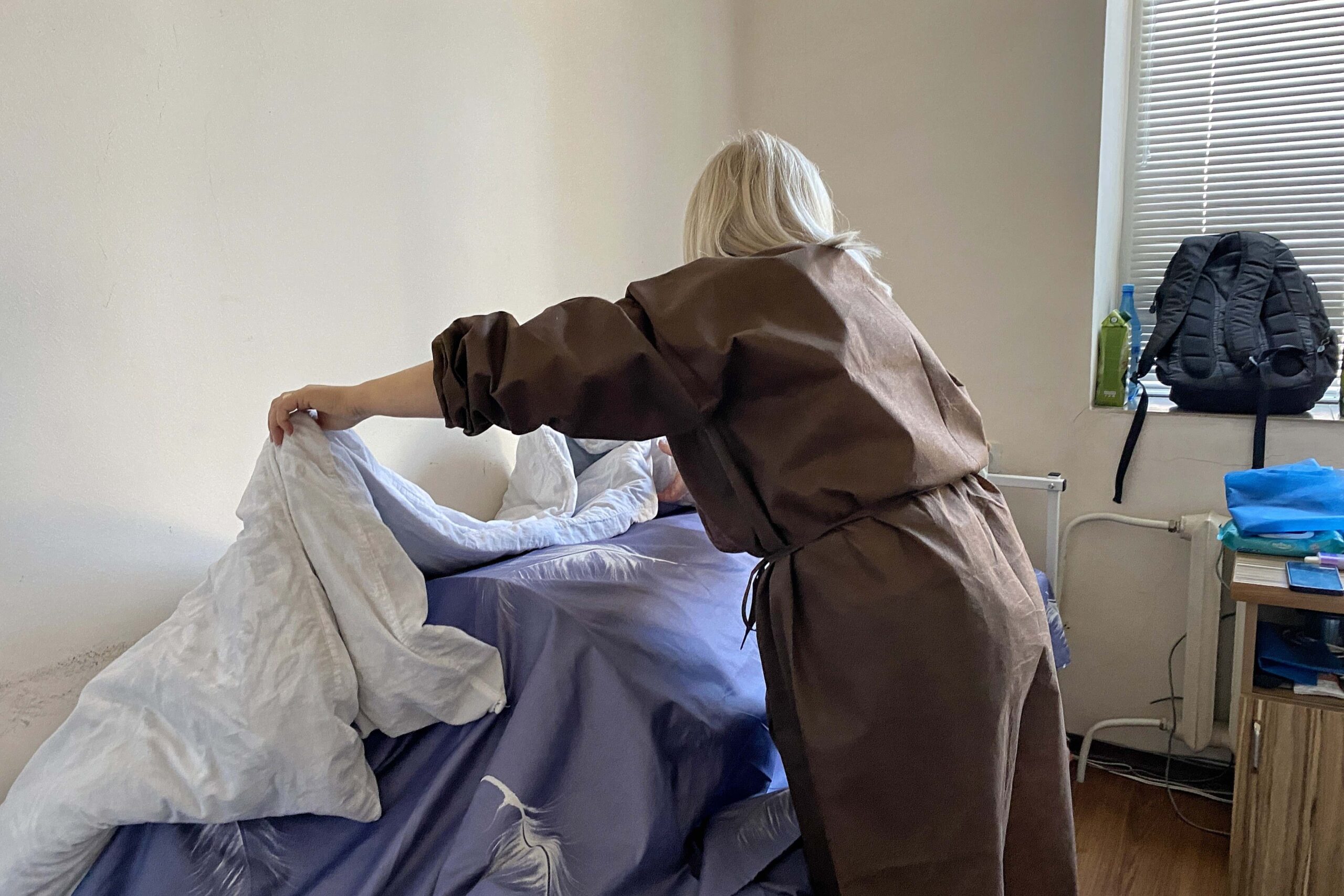
She is not allowed to see him at this stage in his treatment, as 80% of his skin was burnt, with his condition serious but stable.
‘I bandaged Shahen and Arman myself in the hospital in Stepanakert’, says Anahit, who has a medical background. ‘He has always been conscious, and his organs work normally, thank God, but he needs a huge amount of plastic surgery, and the recovery will be long. There is no skin on him.’
Hayriyan was at the hospital to take care of her younger son, who, having sustained lighter injuries, was donating skin to his brother. Like the Arushunyans, the Hayriyan are staying with relatives, unable to find accommodation at present.
And for many, the uncertainty involved in recovery leaves them once again at the mercy of forces beyond their control.
‘You cannot imagine how a patient in a good condition today will be tomorrow’, says Hovhannisyan. ‘Relatives often complain that we talked to our [relative] yesterday, but today his condition is serious.’
‘On 26 September, we admitted a patient. He came, put his hand on my arm, and walked to the second floor. On the way he talked to me, said his name, date and place of birth, the names of his children… I placed him in the ward. The next day, I decided to go and see how he was. It turned out he was in an extremely serious condition in resuscitation and passed away a few days later’, says Hovhannisyan.
Volunteers from Nagorno-Karabakh
While relatives face the uncertainty of their loved ones’ recovery, medical staff have been reaching breaking point, with both the physical and emotional toll exceeding their resources.
During the first days the surgeons worked all hours, performing surgeries until 04:00 in the morning.
‘In the first days, one doctor performed no fewer than ten surgeries in a day, with surgeries happening in all four surgery rooms simultaneously,’ says the hospital head.
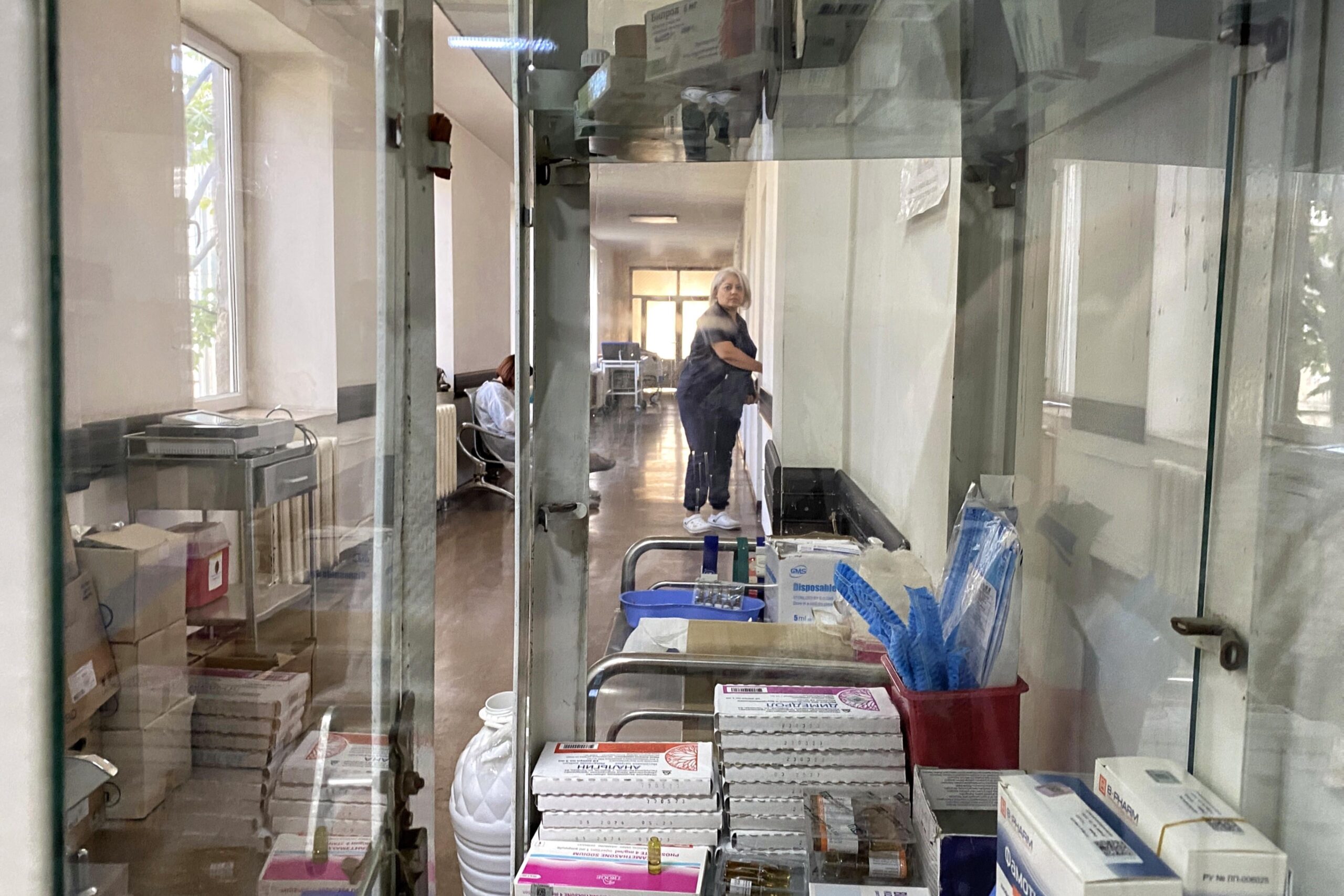
Hovhannisyan notes that some doctors seemed able to handle the unprecedented pressure in the short term, with one emergency physician working for four days barely resting, while remaining energetic and committed.
But others have struggled with the demands.
On 30 September, a doctor approached Hovhannisyan and asked whether there would be psychologists provided for medical staff, because ‘we cannot deal with it any more’.
Their exhaustion was despite the assistance of various groups — foreign doctors who had flown in to assist, young medical professionals, and medical students.
Vrezh Hovsepyan, 39, also volunteered his services. A paramedic with 17 years of experience in Stepanakert’s emergency wards, he was given permission to take care of his 74-year-old father when no family members were allowed into the premises. Hovsepyan also assisted with other patients, and was given shelter at the centre.
‘[I had] no place to stay. The administration has been very kind to me. They gave me a place. I stayed here for ten days. They gave me food, everything. I did what I could,’ says Hovsepyan.
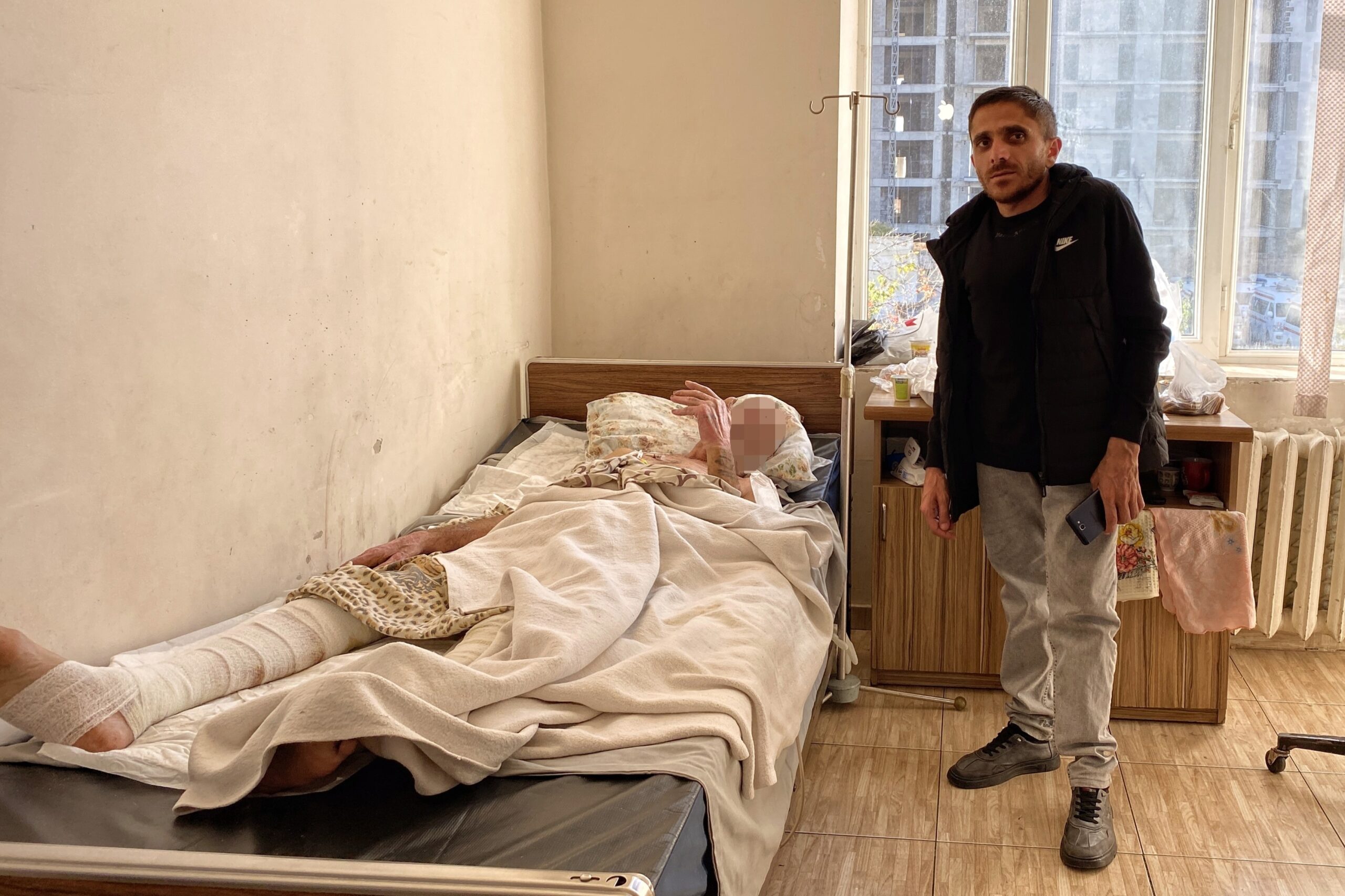
His father’s condition is slowly improving after 20 days in the intensive care unit, leaving Hovsepyan free to search for work.
Despite the demands of the work, Hovhannisyan maintains that the hardest part of the experience has been interaction with relatives, particularly when delivering news of a patient’s death.
‘Every time, I felt like I was having a small heart attack. It is difficult to inform a mother that her only son died. In another case, the father and son were in two neighbouring wards, and you tell the woman your husband has passed away. No one can imagine the condition of that woman’, says Hovhannisyan.
‘Or when a father, who had not seen his son for 19 years [due to working abroad], sees him two hours before his death. We still have to recover from all this, to relive it. It is very difficult’, says Hovhannisyan. ‘We are going through a difficult thing. I can’t say that we are done.’
‘We hope that they will make it home’
In most cases, the average lesion area of patients admitted at the Burns Center was more than 60 per cent, which is considered severe, and almost all of them had second or third-degree burns. Some even had fourth-degree burns when the skin layer and the muscles in the deeper layer were charred.
‘Now we have a patient whose bone is open. It is closed with a special system so that infection does not pass. We still do not know how to restore it. Perhaps he was our most serious patient of those who survived,’ says Hovhannisyan.
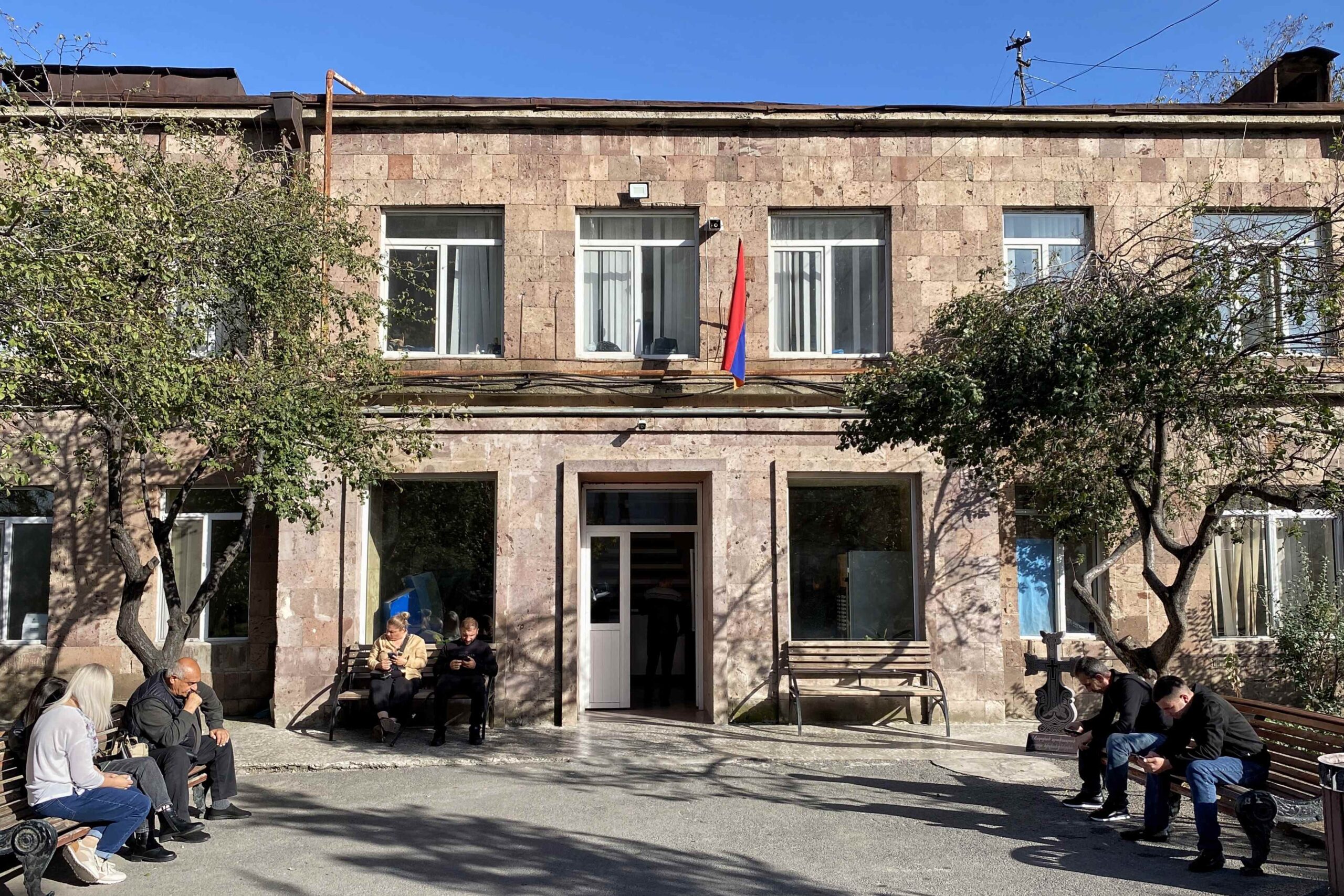
The combined severity of patients’ conditions led to extreme working conditions, with such a high density of patients whose bodies lacked the skin required to protect them.
‘On the first day, our janitors probably cleaned the floor 15–20 times a day because it was covered with liquid — blood serum’, says Hovhannisyan.
Other patients are awaiting plastic surgery or skin grafts.
‘The best option of recovery is to take a part of the skin from the patient and transfer it to another part’, says Hovhannisyan. ‘Of course, this cannot be done if there is not [enough] skin. If a patient with 60 per cent burnt, 40 per cent is not enough.’
In those cases, skin substitutes are used, with a small piece costing several thousand dollars.
The burn specialists plan to work with the majority of these patients for another six months. With others, they expect that they will be their patients for years, and possibly throughout their lives, as there is a high risk of them developing skin diseases.
Hovhannisyan states, however, that their experience of treating patients in extremely severe conditions against the odds gives him hope.
‘The fact that we have kept these patients alive until today gives us hope that we will achieve our goal; that is, they will go home on their own.’
The faces of patients have been blurred to protect their privacy, at the request of Armenia’s Ministry of Health.


